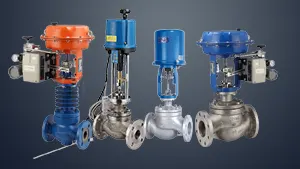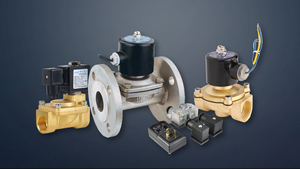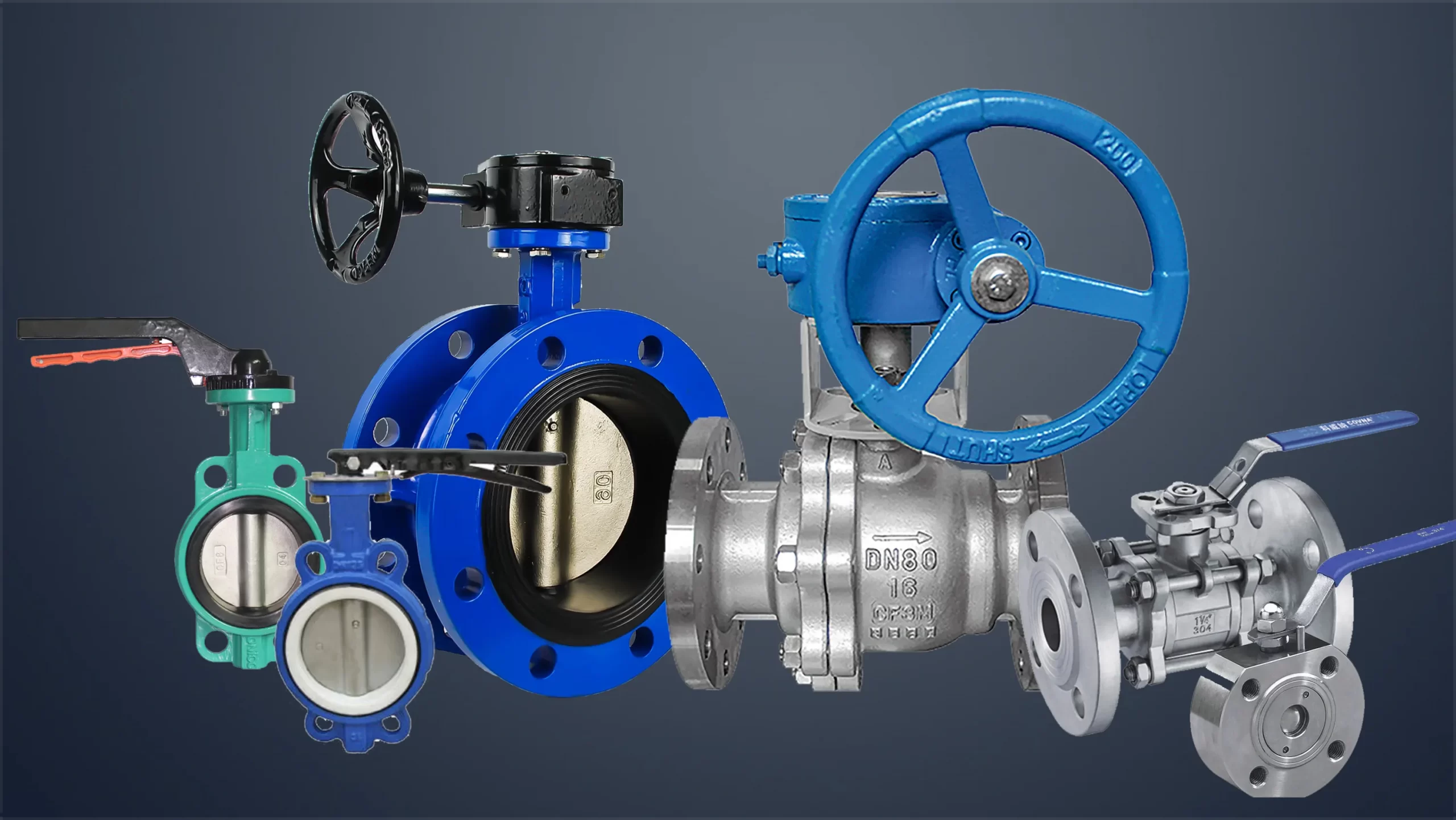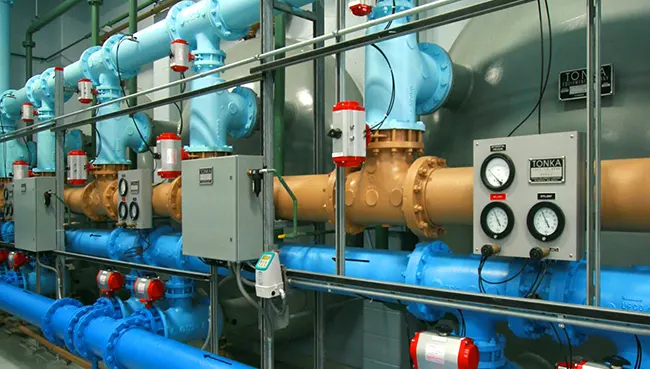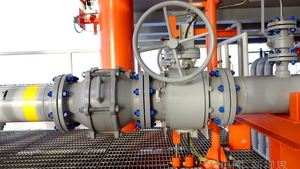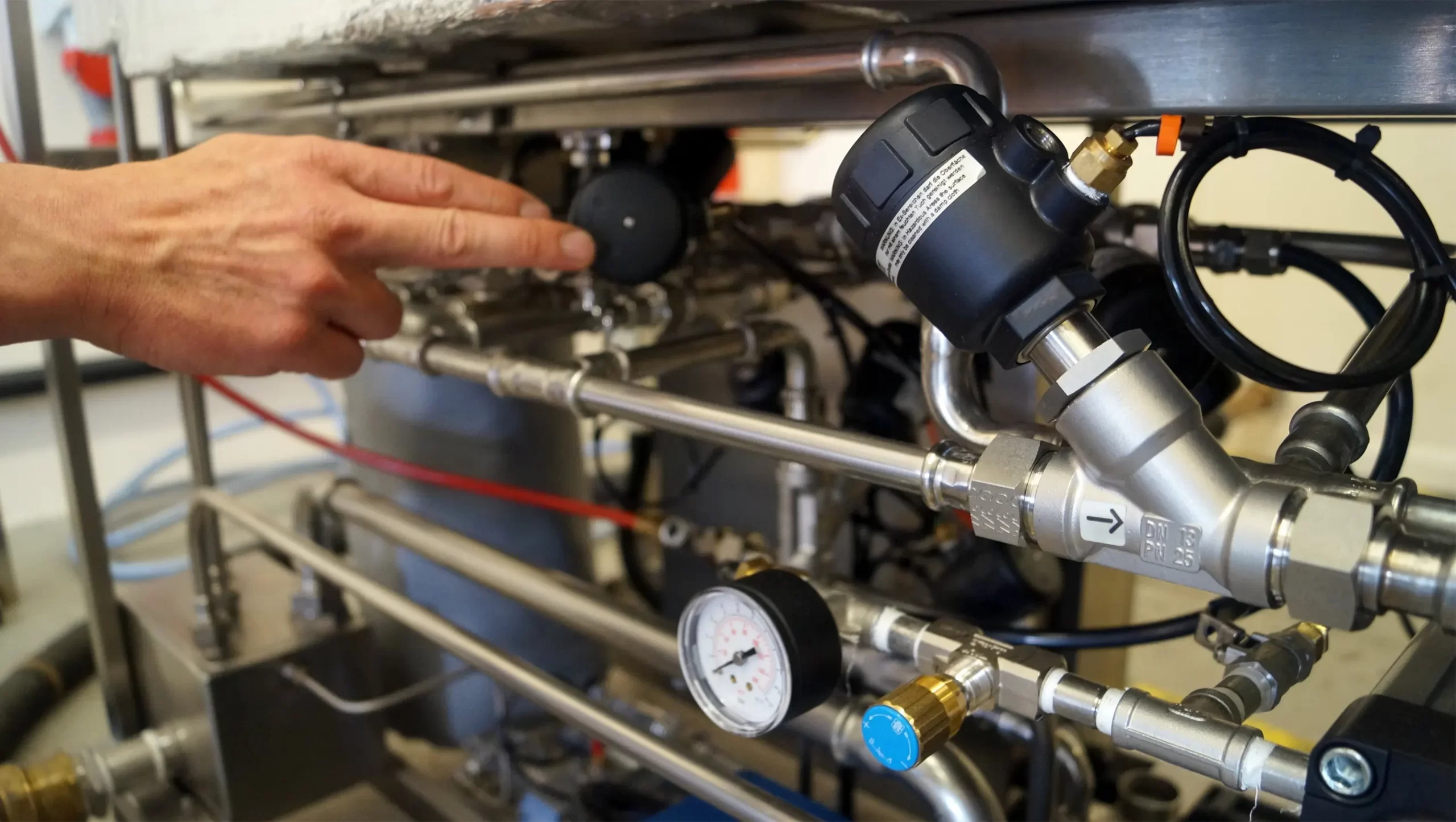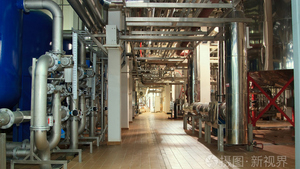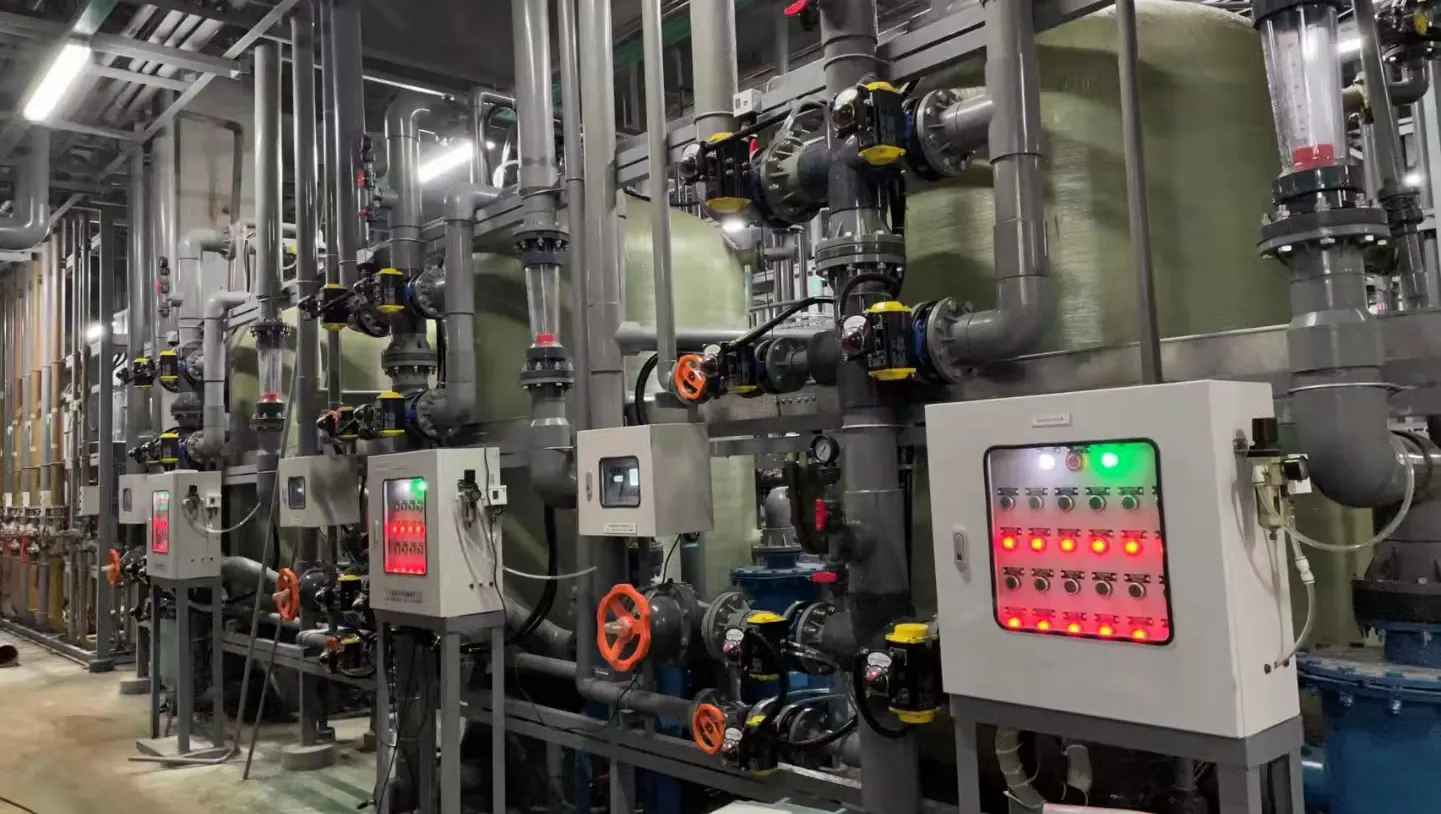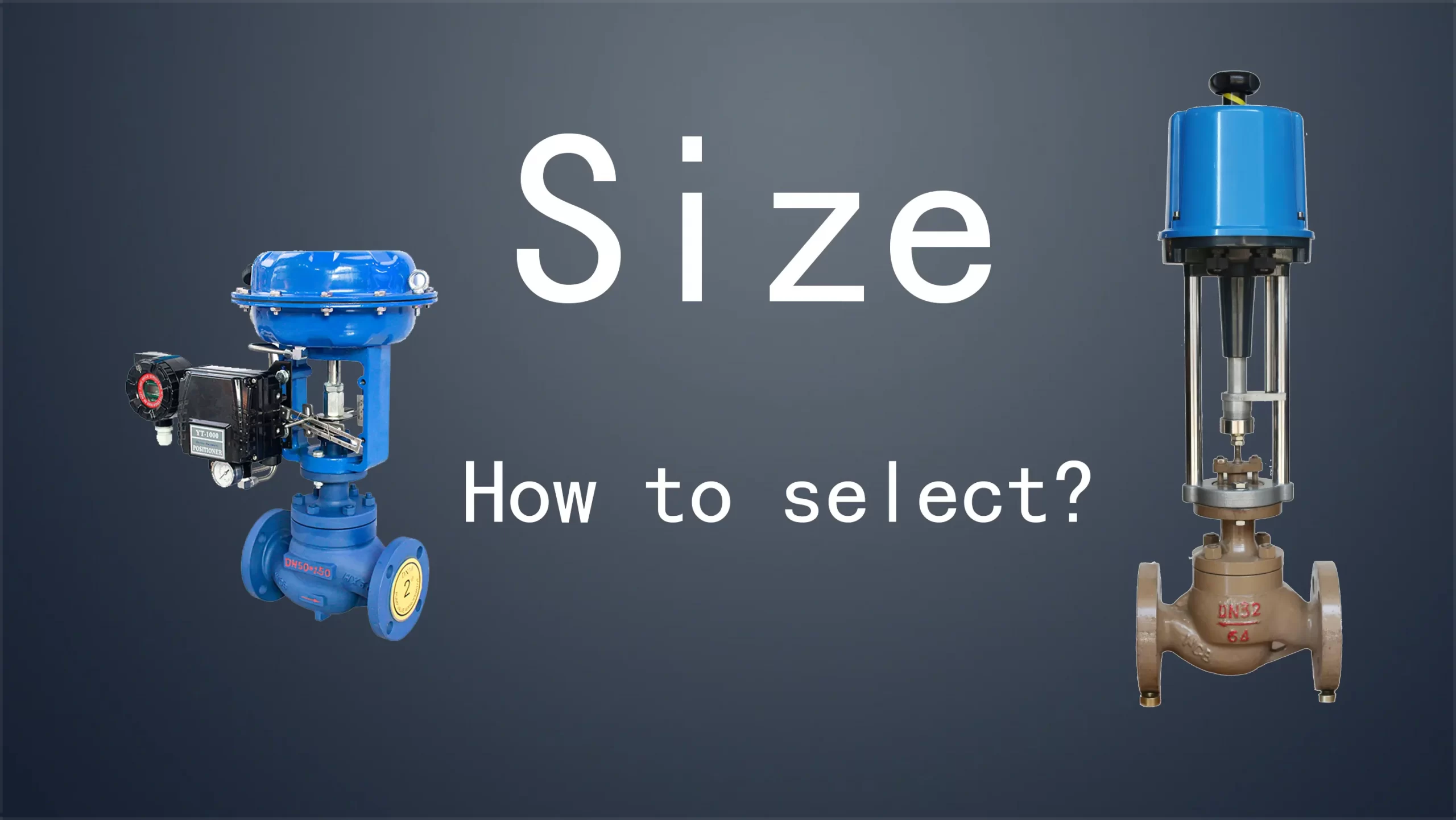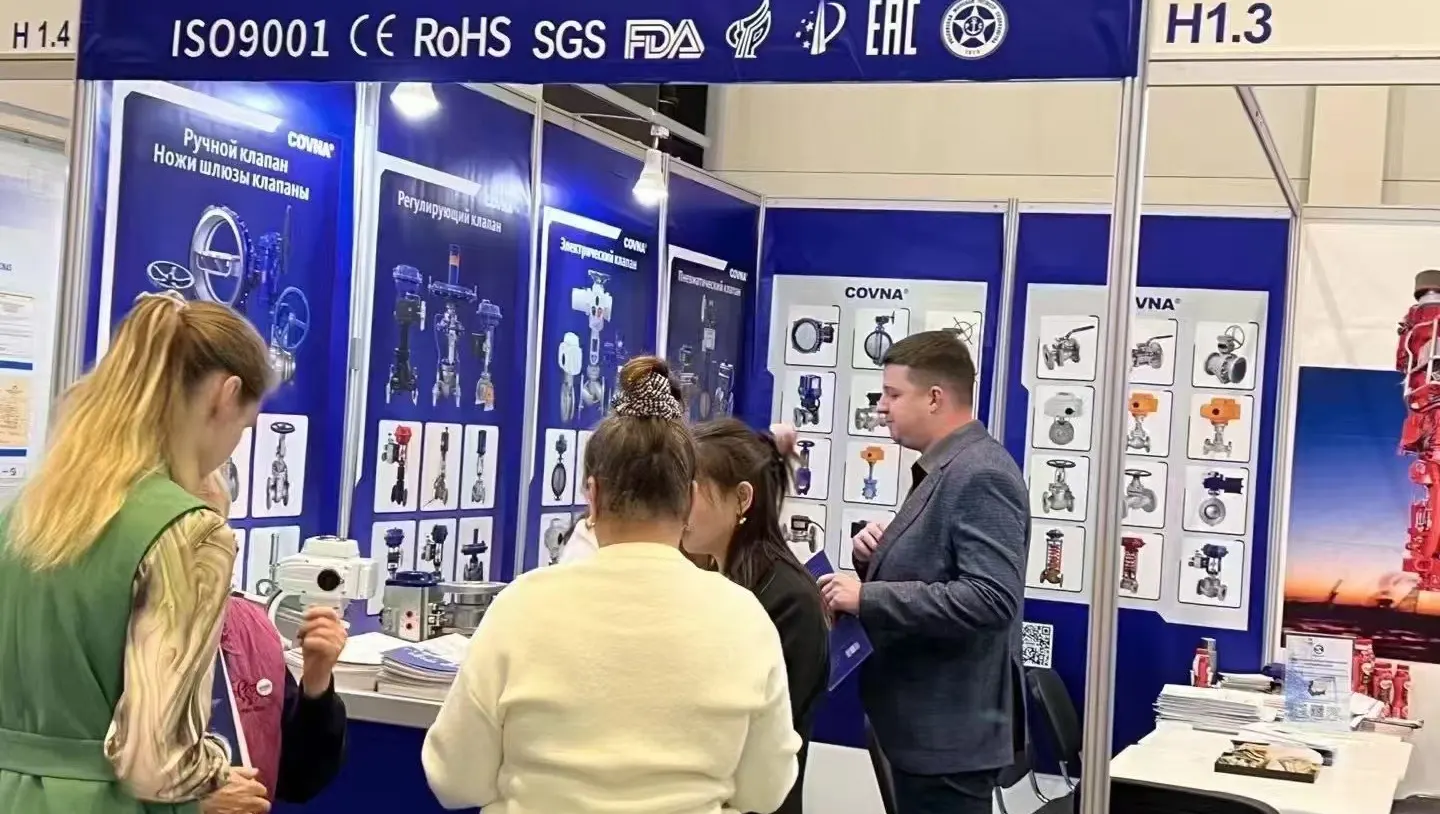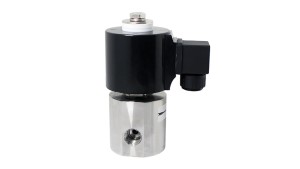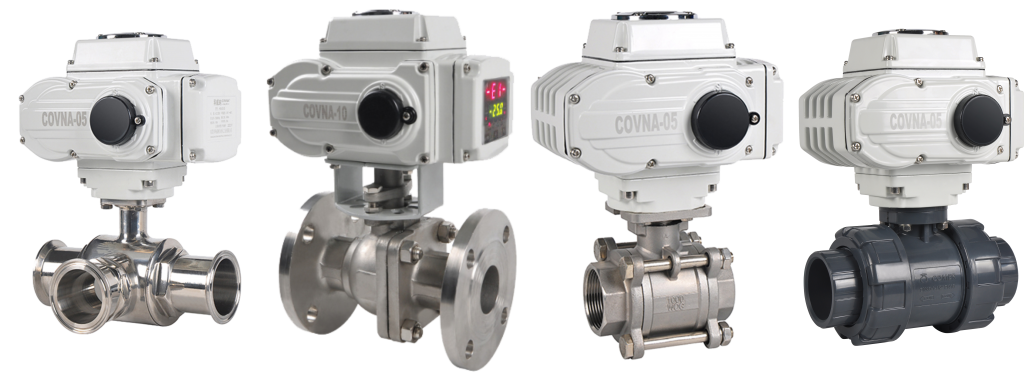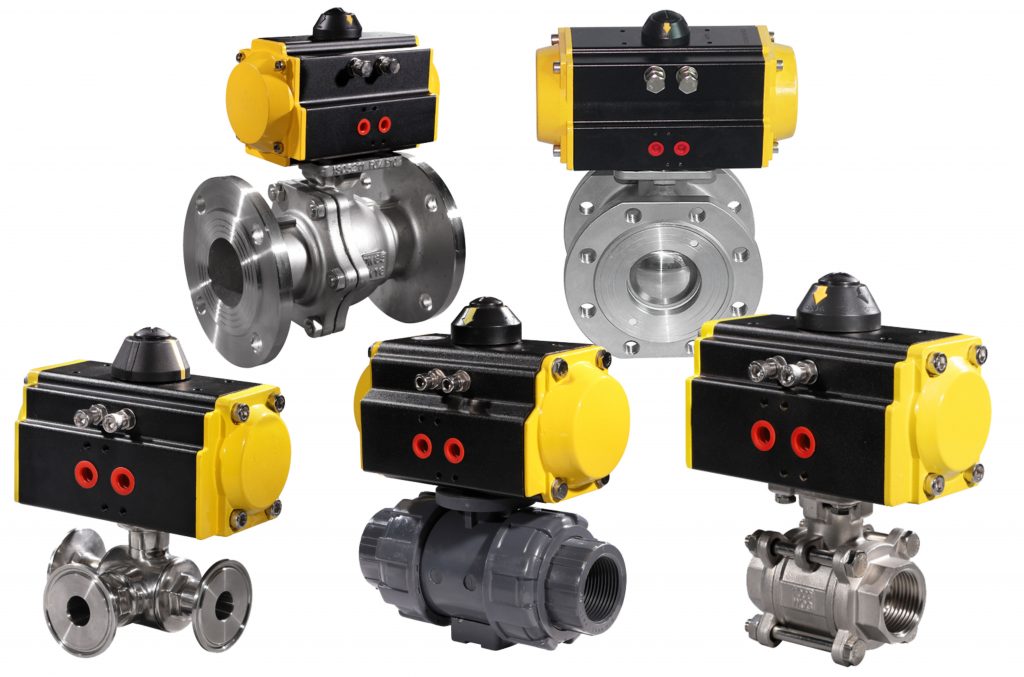1. Ball valve structure
The ball valve is evolved from the plug valve. Its opening and closing part acts as a ball, which uses the ball to rotate 90 degrees around the axis of the valve stem to achieve the purpose of opening and closing.
COVNA manufactures electric ball valves, pneumatic ball valves, manual ball valves.
2. Ball valve function
The ball valve is mainly used to cut off, distribute and change the direction of the medium flow in the pipeline. The ball valve designed with a V-shaped opening also has a good flow adjustment function.
The ball valve is not only simple in structure, good in sealing performance, but also small in size, light in weight, low in material consumption, small in installation size, and small in driving torque within a certain nominal passage range. It is simple to operate and easy to achieve rapid opening and closing. One of the fastest growing valve varieties in more than ten years. Especially in developed countries such as the United States, Japan, Germany, France, Italy, West and Britain, the use of ball valves is very extensive, and the variety and quantity of use continue to expand. Life, excellent regulating performance and multifunctional development of a valve, its reliability and other performance indicators have reached a higher level, and have partially replaced gate valves, globe valves, and regulating valves.
With the advancement of ball valve technology, in the foreseeable short time, there will be a wider range of applications, especially in oil and gas pipelines, oil refining crackers, and the nuclear industry. In addition, ball valves will also become one of the leading valve types in large and medium-sized calibers and medium and low pressure fields in other industries.
3. Advantages of ball valve
Has the lowest flow resistance (actually zero).
- Because it will not get stuck during work (when there is no lubricant), it can be reliably applied to corrosive media and low boiling point liquids.
- In a larger pressure and temperature range, a complete seal can be achieved.
- It can realize fast opening and closing, and the opening and closing time of some structures is only 0.05~0.1s to ensure that it can be used in the automation system of the test bench. When opening and closing the valve quickly, there is no shock in operation.
- The ball type closure can be automatically positioned in position.
The working medium is reliably sealed on both sides. - When fully open and fully closed, the sealing surface of the ball and the valve seat is isolated from the medium, so the medium passing through the valve at high speed will not cause erosion of the sealing surface.
- With compact structure and light weight, it can be considered as the most reasonable valve structure for cryogenic media systems.
- The valve body is symmetrical, especially when the valve body structure is welded, which can withstand the stress from the pipeline well.
- The closing piece can withstand the high pressure difference when closing.
- The ball valve with a fully welded body can be directly buried in the ground, so that the internal parts of the valve are not corroded, and the maximum service life can reach 30 years. It is the most ideal valve for oil and gas pipelines.
- Because the ball valve has the above advantages, it has a wide range of applications. The ball valve can be applied to:
The nominal diameter ranges from 8mm to 1200mm.
The nominal pressure ranges from vacuum to 42MPa.
The working temperature ranges from -204°C to 815°C.
4. Ball valve tightness
The most important seat sealing ring material for ball valves is polytetrafluoroethylene (PTFE), which is inert to almost all chemical substances, and has a small friction coefficient, stable performance, not easy to age, wide temperature application range and excellent sealing performance The comprehensive characteristics. However, the physical properties of PTFE, including high expansion coefficient, sensitivity to cold flow and poor thermal conductivity, require the design of valve seat seals to focus on these characteristics. The plastic material of the valve seat seal also includes filled PTFE, nylon and many other materials. However, when the sealing material becomes hard, the reliability of the seal will be damaged, especially in the case of low pressure difference. In addition, synthetic rubber such as butyl rubber can also be used as a valve seat sealing material, but its applicable medium and temperature range drugs are limited. In addition, if the medium is not lubricated, the use of synthetic rubber will easily jam the ball.
In order to meet the use requirements of industrial applications such as high temperature, high pressure, strong erosion, long life, etc., metal-sealed ball valves have been greatly developed in the past ten years. Especially in developed industrial countries, such as the United States, Italy, Germany, Spain, the Netherlands, etc., the structure of the ball valve has been continuously improved, and there have been all-welded body direct-buried ball valves, lifting ball valves, and ball valves in long-distance pipelines, oil refining equipment, etc. The industrial field is more and more widely used. Ball valves with large diameter (3050mm), high pressure (70MPa), and wide temperature range (-196~815℃) have appeared, which brings the technology of ball valves to a whole new level.
5. Ball valve design and manufacturing
Due to the application of computer-aided design (CAD), computer-aided manufacturing (CAM) and flexible manufacturing system (FMS) in the valve industry, the design and manufacturing of ball valves have reached a new level. It not only completely innovated the valve design and calculation method, but also reduced the heavy and repetitive routine design work of professional and technical personnel, so that technicians have more energy to improve, improve product performance and new product development, and shorten the research and development cycle of new products. , Improve labor productivity in an all-round way, and in the process of research and development of lifting rod type metal sealing ball valve, due to the application of CAD/CAM, the valve stem spiral flat made by computer-aided design and computer-aided numerical control machine tool has appeared to make the metal seal The ball valve has no scratches or wear during the opening and closing process, so that the sealing performance and service life of the ball valve are greatly improved. When the ball valve is fully opened, the flow resistance is very small, almost equal to zero, so the equal diameter ball valve is widely used in oil and gas pipelines because it is easy to clean the pipeline. Since the ball of the ball valve is wiped during the opening and closing process, most ball valves can be used in media with suspended solid particles. Depending on the material of the sealing ring, it can also be used in powder and granular media.
6. Ball valve applicable occasions
Since the ball valve usually uses rubber, nylon and polytetrafluoroethylene as the seat sealing ring material, its use temperature is limited by the seat sealing ring material. The cut-off effect of the ball valve is accomplished by pressing the metal ball against each other between the plastic valve seats under the action of the medium (floating ball valve). Under the action of certain contact pressure, the seat sealing ring has elastic-plastic deformation in some areas. This deformation can compensate the manufacturing accuracy and surface roughness of the ball, and ensure the sealing performance of the ball valve.
In addition, since the seat sealing ring of the ball valve is usually made of plastic, when selecting the structure and performance of the ball valve, the fire resistance and fire resistance of the ball valve must be considered, especially in the petroleum, chemical, metallurgical and other sectors, in the flammable and explosive media Ball valves are used in the equipment and piping systems, and more attention should be paid to fire and fire resistance.
Generally, in two-position adjustment, strict sealing performance, mud, abrasion, necking channel, rapid opening and closing action (1/4 turn opening and closing), high pressure cut-off (large pressure difference), low noise, cavitation and vaporization, In piping systems with a small amount of leakage to the atmosphere, small operating torque and small fluid resistance, ball valves are recommended.
Ball valves are also suitable for piping systems with light structure, low pressure cut-off (small pressure difference), and corrosive media.
Ball valves can also be used in low temperature (cryogenic) devices and pipeline systems.
In the oxygen pipeline system of the metallurgical industry, ball valves that have undergone strict degreasing treatment are required.
When the main line in the oil pipeline and gas pipeline needs to be buried underground, full-diameter welded ball valves are required.
When the adjustment performance is required, a ball valve with a special structure with a V-shaped opening should be selected.
In petroleum, petrochemical, chemical, electric power, and urban construction, metal-to-metal sealed ball valves can be used for pipeline systems with operating temperatures above 200°C.
7. Principles of Ball Valve Application
- For oil and natural gas pipelines, pipelines that need to be cleaned, and buried in the ground, use all-pass and all-welded ball valves; for buried in the ground, choose all-pass welded or flanged ball valves; branch pipes , Choose flange connection, welding connection, full-pass or reduced diameter ball valve.
- For the transportation pipeline and storage equipment of refined oil, use flanged ball valves.
- For city gas and natural gas pipelines, use floating ball valves with flange connection and internal thread connection.
- In the oxygen pipeline system in the metallurgical system, a fixed ball valve that has undergone strict degreasing treatment and flanged connection should be used.
- For piping systems and devices for low-temperature media, a low-temperature ball valve with a valve cover should be used.
On the piping system of the catalytic cracking unit of the oil refining unit, a lifting rod ball valve can be used. - In the equipment and piping system of corrosive media such as acid and alkali in chemical system, it is advisable to use all stainless steel ball valves made of austenitic stainless steel and PTFE as the seat and sealing ring.
- Metal-to-metal sealing ball valves can be used on pipeline systems or devices for high-temperature media in metallurgical systems, power systems, petrochemical installations, and urban heating systems.
- When flow adjustment is required, a worm gear driven, pneumatic or electric ball valve with V-shaped opening can be used.
--- END ---




